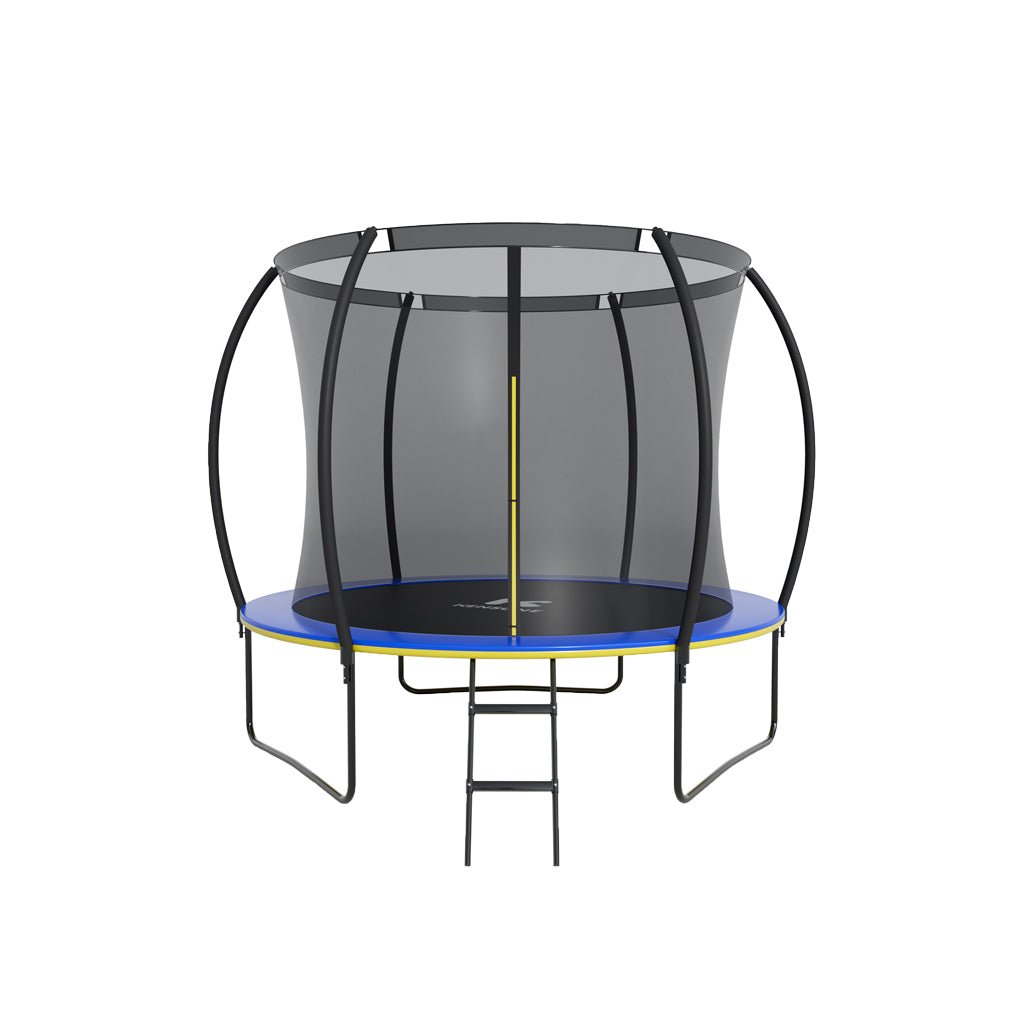Trampoline Exercise Helped Diabetics Improve Insulin Resistance and Health
A recent study suggests that spending just a few hours weekly bouncing on a trampoline may lower insulin resistance and increase insulin sensitivity in people with type 2 diabetes. This seemingly fun exercise provides cardiovascular benefits without the downsides of high-intensity workouts. For diabetics who struggle to stay active, trampoline jumping offers a low-impact training option that can significantly improve their health.
1.Key Factors Impacting Type 2 Diabetes
Type 2 diabetes is a common chronic metabolic disorder with complex pathogenesis involving insulin resistance, beta cell dysfunction and other factors. Insulin resistance makes it difficult for insulin to take effect, leading to high blood glucose levels. Therefore, improving insulin sensitivity is key to treating type 2 diabetes.

2.Significant Changes After Rebound Exercises
Researchers randomly assigned 60 patients with type 2 diabetes into two groups. One group engaged in 12 weeks of trampoline exercise intervention, while the other served as control. The trampoline group jumped on a mini trampoline with handlebars for 30 minutes, 3 times per week, with jumping intensity at a moderate level. After the study, researchers compared changes in insulin resistance index, lipid profile and waist circumference between the two groups.
Figure 1 shows the changes in different indicators between the "Rebound Exercise Group" and "Control Group" after 12 weeks.

- Weight decreased 5.6 kg - losing extra pounds helps diabetes management.
- IR score dropped almost 50% - the body responded better to insulin.
- Fasting plasma glucose reduced over 23% - blood sugar control got significantly better.
- BMI decreased close to 8% - indicating potential weight loss and better health.
- Total cholesterol fell almost 6% - lowering cardiovascular risks that are common with diabetes.
- Triglycerides decreased over 16% - reducing chances of heart disease.
In summary, these data changes indicate that rebounding exercises may have positive effects on diabetes patients. The effects include weight loss, improved blood sugar control, reduced insulin resistance, lowered BMI, and improved lipid profiles that benefit heart health. However, it's important to note that specific treatment and exercise plans should be tailored by healthcare professionals based on individual patient needs and conditions.
3.Specific Benefits of Trampoline for Diabetics
Researchers believe trampoline exercise provides both aerobic training effects and coordinative training, which can increase muscular endurance and function. The repetitive vertical jumps may also boost glucose uptake capacity in muscles. Additionally, the moderate intensity makes trampoline exercise more sustainable for patients. These factors likely contribute to the notable improvement in insulin sensitivity.
Additionally, the researchers pointed out that the positive metabolic effects of aerobic exercise have been corroborated in other studies with diabetics. Compared to aerobic exercises, trampoline bouncing has lower impact and may promote greater adherence. Some studies also observed decreased waist-to-hip ratio with exercise. However, findings on lipid profile changes have been inconsistent. This study, consistent with others, indicates that structured moderate-intensity exercise can enhance insulin sensitivity and improve the lipid profile in diabetics. The simultaneous aerobic and coordinative training provided by trampoline exercise may account for this. Overall, this study further validates the beneficial role of regular exercise in diabetes management.
4.Conclusion
In short, trampoline exercise, seemingly simple as it is, can be an effective way for type 2 diabetics to control blood glucose and reduce cardiovascular risks. With easy operation and appropriate intensity, patients are likely to adhere to it. Hopefully more patients can benefit from this fun form of exercise in the future.
References:
Nuhu, J., & Maharaj, S. (2018). Influence of a mini-trampoline rebound exercise program on insulin resistance, lipid profile and central obesity in individuals with type 2 diabetes.. The Journal of sports medicine and physical fitness, 58 4,
503-509.
https://doi.org/10.23736/S0022-4707.17.07120-1.









